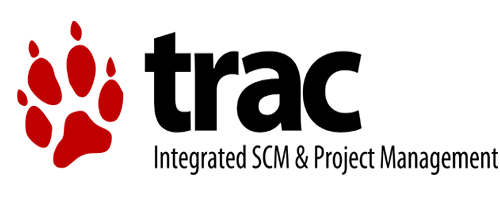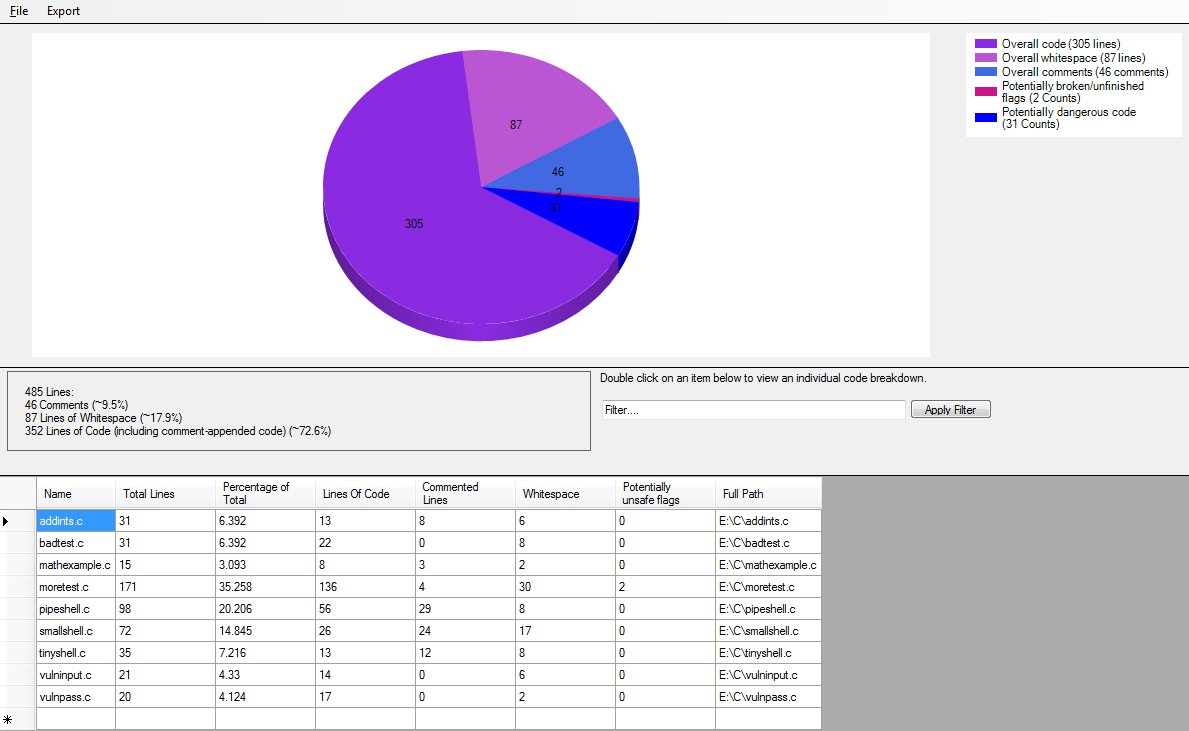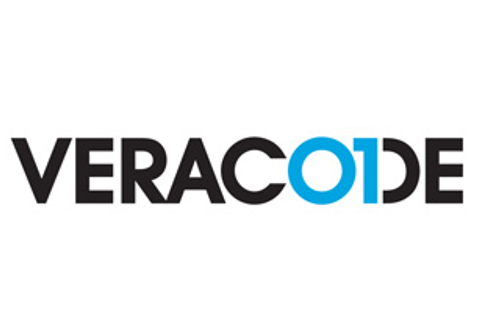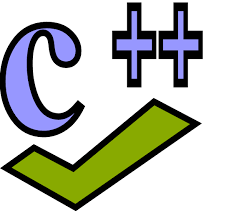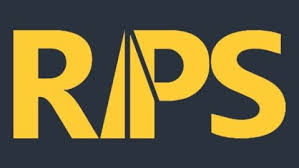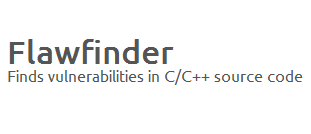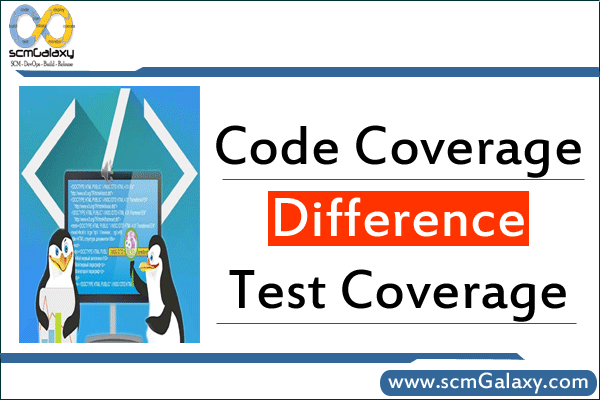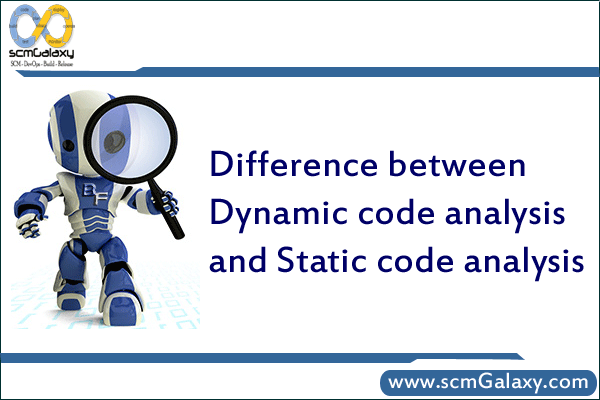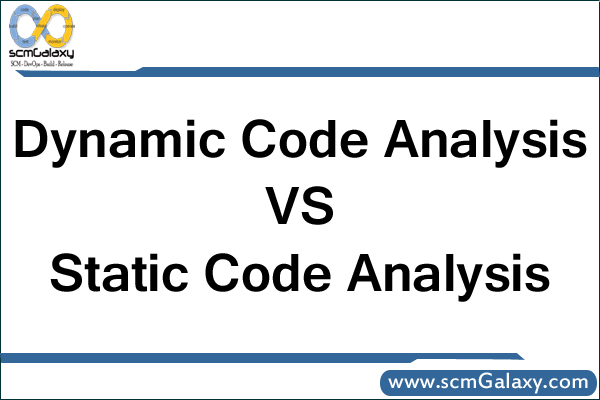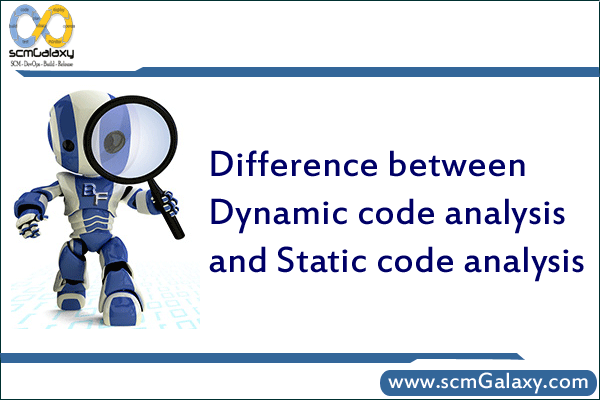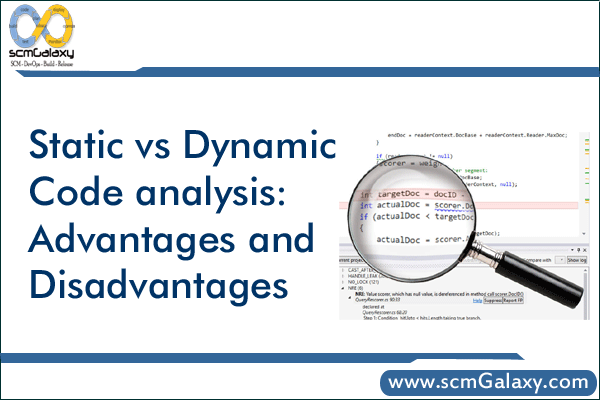1. Bugzilla
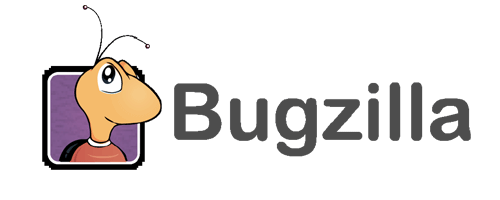
- Basic and advance search features with save & share options
- Notifications by Email
- Scheduled Reports by Email
- Advanced reporting system
- Auto Detection of Similar Bugs
- Patch Viewer which makes code review much easier
- Excellent Security
- Localization
- Move Bugs Between Installations without any manual work
- Request System where you can ask other users to do something with a particular bug or attachment
- Optimized database structure for increased performance and scalability
2. Mantis Bug Tracker

- Easy to Install & Use
- No limit on the number of users, issues, or projects
- Email notifications
- Functionality can be extended by plugins
- Flexibility to customize issue fields, notifications and workflow
- Per project different access level for users
- Source Control Integration
- Easy collaboration with team members & clients
- Built-in Reporting
- Available in 68 localizations

Jira is a bug/issue tracking and project management tool which was developed by Atlassian, Inc. almost 15 years ago in the year 2002. It is written in Java. It’s available under commercial license but in few scenarios like official non-profit organizations, charities, academic or religious organizations you can use it for free.
- Code Integration – automatically updating issues when they check in code
- Keep history of issues from either customers or bugs
- Multiple Workflows
- Easy to assign and prioritise the bug issue as per the importance and urgency
- Comprehensive Issue Reports
- Customizable Dashboard
- Bugs can be imported from a CSV file
- Trigger notifications allow auto informing to the next reviewer
- Addons availability like Capture for JIRA which allows backlog to release
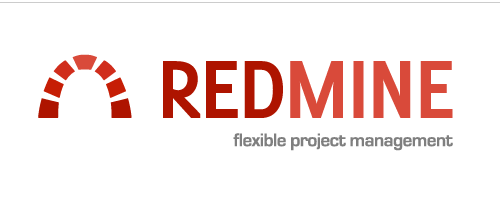
- Define you own statuses and issue types
- Workflow transitions can be set up for each issue type and role
- Feeds & email notifications
- Issue creation via email
- Multi Language support
- User self-registration support
- Time tracking functionality
- Resolve issues through multiple workflows
- Ticket Tracking
- Email notification
- Plugins support for standard functionality
- Customizable workflow
- Unicode Supported
- Code Integration
- Custom Fields
- Integrated wiki
- Collaboration – Create teams and groups

- Easy to use
- Finding issues is simple and fast
- Customise search results
- Custom issue fields
- RSS support
- Issue-related actions are available with a click
- Integrated quick search
- Customizable workflow

- User friendly web interface
- Auto sync mode
- Custom Fields
- SUpports Multiple Projects
- RSS Notification interface
- Easy collaboration
- Ticket Change Artifacts

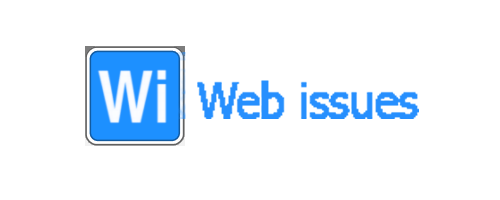
- Tracking new and modified issues
- Filtering and searching issues
- Easy installation and setup
- Reports can be exported as HTML and PDF documents
- Issues can also be exported in CSV format
- Email notifications
- Periodic reports can be sent
- Security and rights management
- supports team collaboration
- Easy to Customize
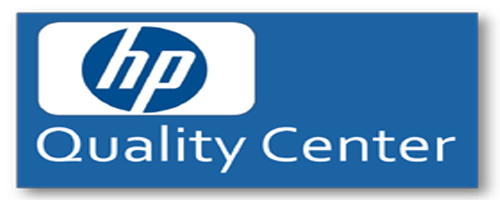
- Test Planning integration
- Customizable workflow
- Custom Fields
- Plug Ins Availability
- Supports Multiple Projects
- Web, GUI & Rest input interface
- Email Notifications
- Reporting and graphing
- Collaboration – supports working in common integrated development environments
So, That’s it. These are most popular bug tracking tools used in software industry these days. Hope my efforts will help while choosing the bug/issue tracking tool. But, now it’s your turn. If you think any other tool should be listed here instead of this than please share with us in the comment section below.
